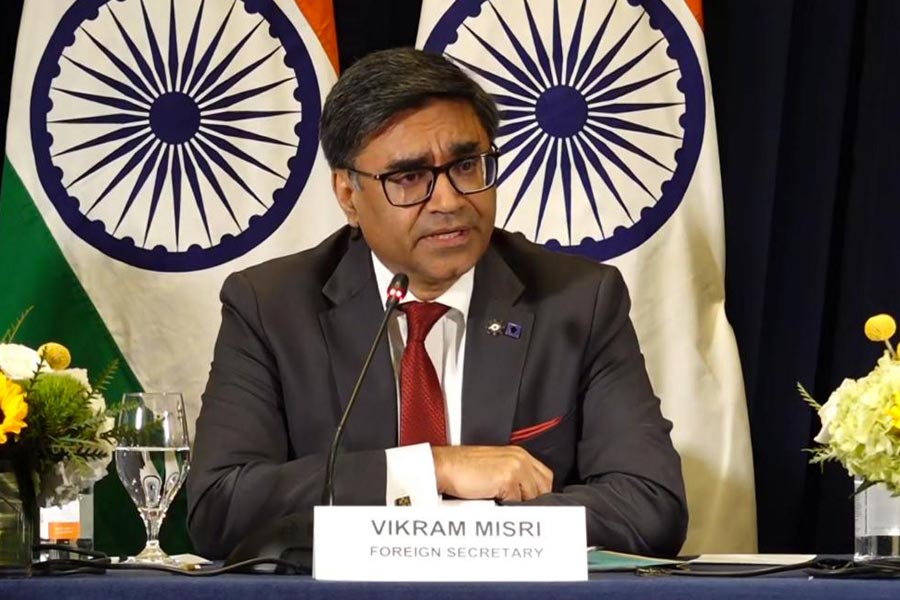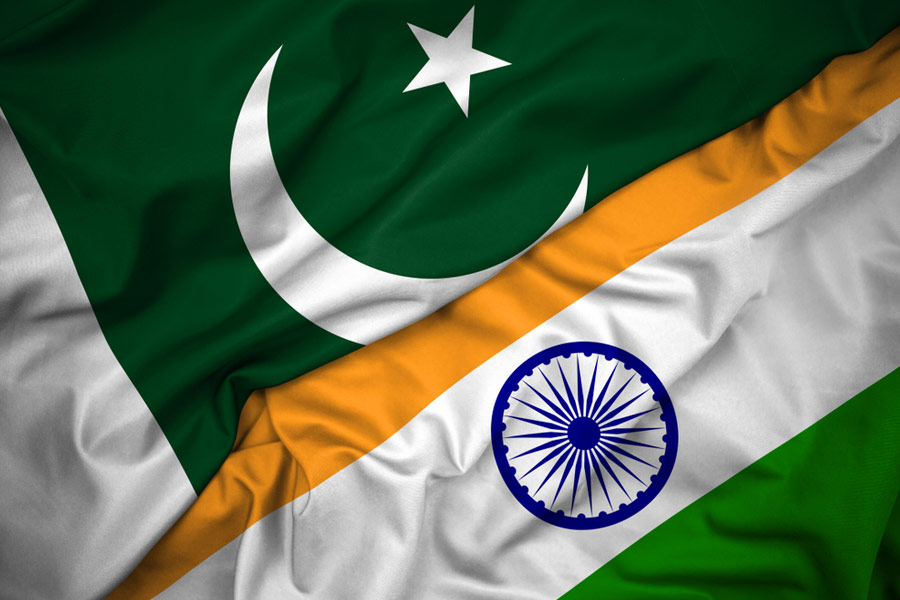|
|
Terrifying Vision: M.S. Golwalkar, the RSS and India By Jyotirmaya Sharma, Penguin, Rs 295
“I am crumbling now. Why have attachment to a crumbling structure?” M.S. Golwalkar wrote these words in a letter to one M.N. Ghatate in June, 1954. Weary and ill, Golwalkar had let the mask slip, only momentarily. And during this single, fleeting instance, he appeared far removed from the carefully crafted image of an authoritarian, invincible figure. Instead, he sounded irritable, even vulnerable — like a man in his twilight hour. However, this slip could well have been a ruse. After all, Golwalkar, like other leaders, had a penchant for theatrics. But what set him apart from the rest was his terrifying legacy, one which continues to threaten the pluralistic and secular fabric of India.
Jyotirmaya Sharma has not set himself the task of writing Golwalkar’s biography. Rather he focuses on examining, carefully and critically, Golwalkar’s thoughts and ideas. In the process, he also reveals the hidden dangers, distortions and intellectual vacuity that have gone into the making of Hindu nationalist thinking.
Hence, in the introduction, Sharma only provides what he calls the “bare bones” of Golwalkar’s life. Born in Nagpur, Golwalkar took a degree in zoology, and later in law, and went on to teach in the Benaras Hindu University. It was at BHU where Golwalkar had his first brush with the RSS. Its founder, K.B. Hedgewar, found in Golwalkar certain attributes, which, he thought, were ideal for a career in the sangh. Consequently, Golwalkar was appointed its secretary in 1934, only to become the sarkaryawaha or general secretary some years later. After Hedgewar’s death, he became the sarsanghachalak, a post that he held for 33 years.
Sifting through his writings and speeches, Sharma provides rare glimpses into Golwalkar’s persona. A convalescent Golwalkar had once taken up smoking, purely as an amusement. He also hated eggs, even if it was meant to be eaten on health grounds. His dislike for “decadence or even romance” was equally pronounced.
But what was truly remarkable, and disturbing, about Golwalkar was his views on religion, the State and society. Hinduism, to Golwalkar, was a “rigid, codified, monochromatic and aggressive masculine entity”. Hence, a Hindu rashtra had no place for either difference or diversity, and was based on the belief that the State superseded the individual. The ideologue in Golwalkar also harked back to the mythical “ Hindu Golden Age”, which he aimed to revive. To most secular, democratic Indians, Golwalkar’s conceptions would appear to be twisted and, on some occasions, comic. Muslims, Golwalkar believed, had no place in India as “Islam originated in a dry and sandy region”. There was also no place for democracy or politics in the Hindu rashtra. The caste system could stay though, for its “harmonizing “ quality. Golwalkar’s India was thus meant to be a nation of “pure” people who worshipped its peculiar homogeneity.
Significantly, Sharma is convincing when he points out Golwalkar’s almost fascist bearings or the lack of originality in his arguments. Sharma also unmasks the malevolent nature of Hindutva, which, he writes, has distorted the true meaning of concepts such as Hinduism and the nation state.
In a letter written before his death, Golwalkar had apologized for hurting anyone with his “nature or other inadequacies”. History, however, would be unforgiving to this man and his flawed vision.











